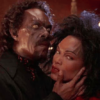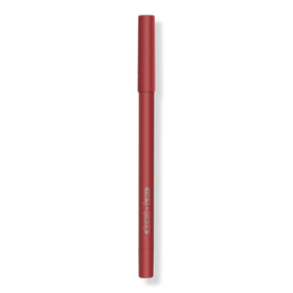This year’s awards-contending films offer a treasure trove of crafts that includes transformations, exquisite sets, lavish costumes, memorable scores and songs and immersive cinematography. The contenders range from newcomers to legends — Variety breaks down the categories below.
MAKEUP AND HAIR
Prosthetic makeup designer Kazu Hiro could very well walk away with his third Oscar for his work on Bradley Cooper’s “Maestro.” Transforming Cooper into the legendary composer Leonard Bernstein consisted of five different stages to gradually age the actor. And the guild as well as the Academy love a transformation.
Marvel’s “Guardians of the Galaxy Vol. 3” could be a contender in this area, following in the footsteps of the first two films that landed guild nominations. The sheer volume of prosthetics and wigs went into building the characters such as the humanimals, the hybrid of humanoid and animal, and the villain, the High Evolutionary, played by Chukwudi Iwuji. Makeup head Alexei Dmitriew and hair department head Cassie Russek used over 22,500 prosthetics, 500 wigs and 130 facial hairpieces to create the characters. That number broke the world record for most prosthetics used in a film, previously held by “How the Grinch Stole Christmas.”
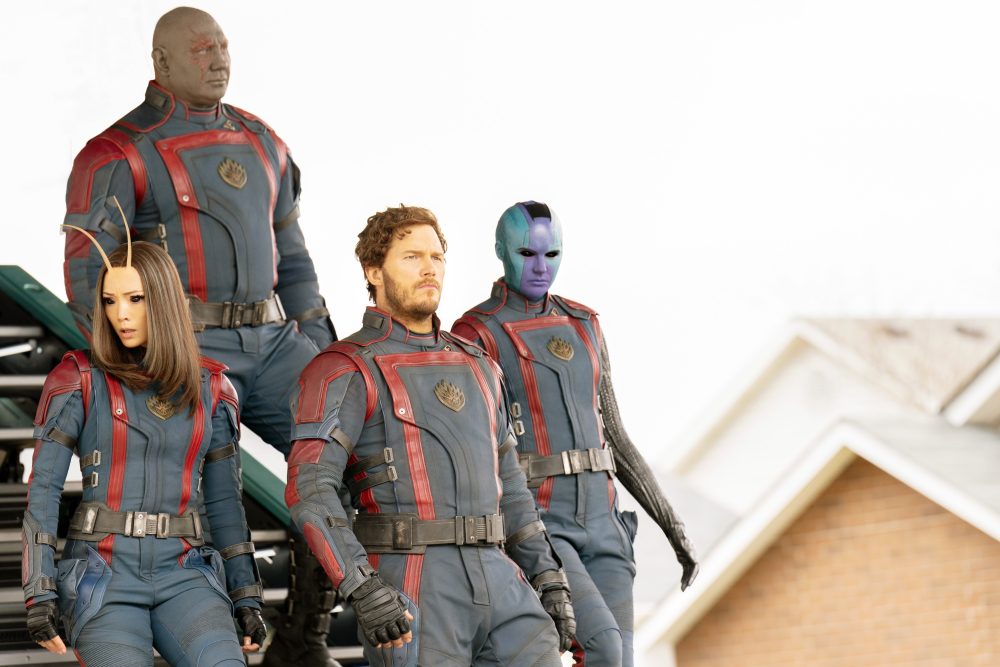
With Warner Bros.’ blockbuster “Barbie,” each Barbie and Ken in the film sported custom hair and makeup looks created by hair and makeup artist Ivana Primorac. For star Margot Robbie alone, Primorac used 18 wigs and 30 hairpieces to transform her into the most famous doll in the world.
Willem Dafoe’s makeup in “Poor Things” is a notable contender. Prosthetic pieces were needed for his Dr. Frankenstein-like scientist. Nadia Stacey referenced paintings by Francis Bacon for his character design and gave him prominent scars. Her most intricate work came on Kathryn Hunter’s brothel owner, Swimey, whose tattoo-covered body required more than 100 designs that needed to be applied to the actor.
Lily Gladstone’s transformation is a subtle one in Martin Scorsese’s “Killers of the Flower Moon.” Makeup artist Kay Georgiou made subtle changes to Gladstone’s Mollie, the Osage Native who marries Leonardo DiCaprio’s Ernest Burkhart. Early on, she added extensions and pieces to make Mollie’s hair appear fuller. As the film progresses, and Mollie gradually succumbs to poisoning, Georgiou would remove the pieces and add grease into Gladstone’s hair “to make her look sick.”
VISUAL EFFECTS
With “Dune 2” moved into 2024, Disney’s futuristic sci-fi thriller “The Creator” finds its place in the race. Helmer Gareth Edwards shot the film on an $80 million budget, shooting on location. The VFX team added effects entirely in post-production. VFX supervisor James Cooper essentially worked with an empty frame as he built-in effects for the giant destroyer tank and the Nomad airship that brings destruction to regions in the war against AI.
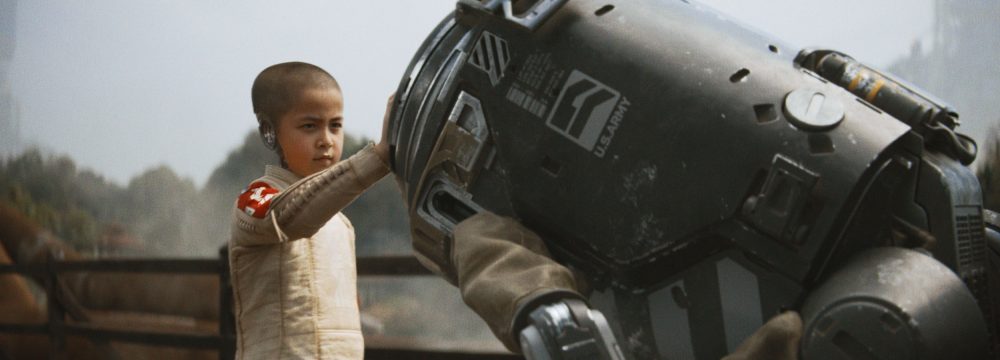
Disney’s other contender, “The Little Mermaid,” is the live-action reimagining of its 1989 animated classic. Director Rob Marshall used a dry-for-wet approach simulating the appearance of the actors being underwater as they filmed against a blue screen. VFX supervisor Tim Burke digitally re-created the underwater scenes in post-production to help bring Ariel and her friends to life.
Christopher Nolan shot “Oppenheimer” in-camera, including the testing of the atomic bomb. VFX teams added in explosions. The team also worked to remove modern details. In all, about 200 VFX shots, the majority of which were computer-generated, were used.
Groundbreaking visual effects work bleeds into the world of animation in “Spider-Man: Across the Spider-Verse.” With Miles Morales (Shameik Moore) able to cross dimensions, the team used various art styles to differentiate the worlds. Take Earth 42, where the world was heavy and gritty with a noir aesthetic. The world of Spider-Punk was influenced by ‘70s London punk, as the artists used razor blades to cut up newspapers, album covers and posters to give that world its edge.
Marvel’s “The Marvels” — with a Nov. 10 U.S. release date — could also find itself in the running, alongside “Blue Beetle” and “Transformers: Rise of the Beasts.”
CINEMATOGRAPHY
In 1963, cinematographer landed a double nomination at the Oscars, and that was Leon Shamroy for “Cleopatra” and “The Cardinal.” Roger Surtees followed in 1971 “The Last Picture Show” and “Summer of ’42.” Most recently, Roger Deakins landed a double-nom in 2007 for “The Assassination of Jesse James” and “No Country for “Old Men.” This year, Rodrigo Prieto could be competing against himself.
Prieto shot “Barbie” and “Killers of the Flower Moon,” demonstrating his command of his craft with two very different films: one a pink-saturated, hyper-real world of toys and the other a naturalistic period piece encompassing world of the Osage Nation. Prieto has been nominated three times previously and never won.
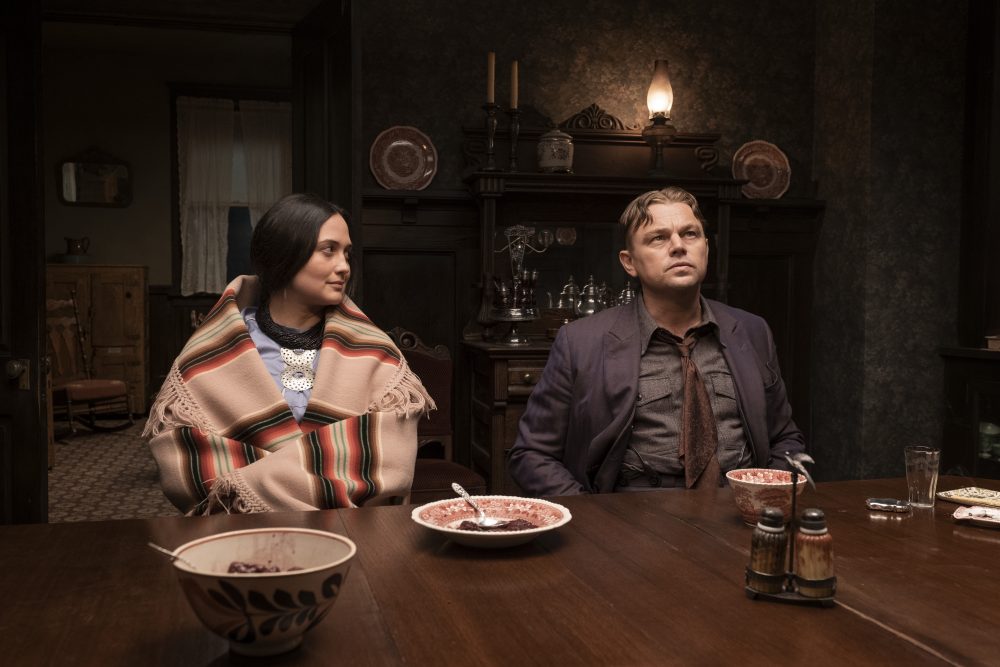
But just as impressive is “Oppenheimer,” for which DP Hoyte Van Hoytema will probably land his second Oscar nomination. For the film about the father of the atom bomb, director Christopher Nolan — renowned for shooting practical effects — worked closely with Van Hoytema on on-camera experiments to re-create the first test of the bomb without using VFX. Van Hoytema also worked with Kodak to develop black-and-white 70 mm film stock so Nolan could shoot the monochromatic aspects of the film.
For “Maestro,” director/star Bradley Cooper called on his “A Star Is Born” DP Matthew Libatique to capture the story of conductor/composer Leonard Bernstein. The DP worked in both color and black and white. During one key scene between Bernstein’s wife, Felicia (Carey Mulligan) and Leonard, he transitions from the monochrome world to color but keeps his camera subjective. It’s a powerful moment that allows the audience to decide which side to take.
Dan Lausten takes on his first musical with “The Color Purple.” He works with a lush palette and sweeping camera that infuses scenes with a diffuse yet rich period look while transitioning into showstopping, fantastical numbers such as “I’m Here,” “Hell No” and “The Color Purple.”
“The Zone of Interest’s” DP Lukasz Zał used 10 cameras that had been drilled into walls to capture “life’s moments” in Jonathan Glazer’s film about the Auschwitz commandant and his family living in the shadow of the concentration camp. The actors could move about the house unobstructed, offering a more natural portrait of the family’s everyday life.
One of the most searing images of the year belongs to the final moments of Celine Song’s “Past Lives.” Shabier Kirchner’s framing has a lasting emotional impact as he follows Greta Lee’s Nora and her reunion with her childhood friend Hae Sung (Teo Yoo). As Hae’s Uber leaves, there is a moment of peace and a metaphoric door closing. Nora goes home and weeps. She has finally said goodbye to her old life while Kirchner captures a sad realization.
Robbie Ryan used Petzval lenses on “Poor Things” to give the effect that the only thing in focus is the center. 35mm Ektachrome was made for the film to make the technicolor world of the film more vibrant.
Linus Sandgren approached Emerald Fennell’s “Saltburn” as if it were an oil painting. When Jacob Elordi’s super-wealthy Felix invites Barry Keoghan’s not-so-wealthy Oliver to his family’s estate for the summer, events take a twisted turn. Alfred Hitchcock films were an inspiration. “Shoot the murder stories like a love scene, and a love scene like a murder…,” says Sandgren of his approach. And with Fennell giving him different themes to play with, visually, the DP could mix things up.
Other contenders include Dariusz Wolski for “Napoleon,” Robert Yeoman’s work on “Asteroid City,” Erik Messerschmidt pulling double duty on “The Killer” and “Ferrari,” Edward Lachman for “El Conde” and Chung-hoon Chung’s take on “Wonka.”
COSTUME DESIGN
Holly Waddington referenced baby clothes for an infantilized Emma Stone in “Poor Things.” Ruffles and 1930s-era underwear as well as latex were all fabrics Waddington used for Yorgos Lanthimos’ film to reflect Bella’s sexual awakening. Waddington seeks her first CDGA and Oscar nom with this film.
For “The Color Purple,” veteran Francine Jamison-Tanchuck had to create costumes that reflected Black Americans in the South, from the poor to the middle class, over several decades, from before WWI to the 1950s, as well as intricate sequined and feathered costumes that stand out in vibrant song and dance numbers. Plus, there’s “Miss Celie’s Pants,” a pivotal ode to women’s freedom and fabulous tailoring. Will Jamison-Tanchuck finally land long-overdue recognition?
For “Killers of the Flower Moon,” Jacqueline West worked with the Pendleton Company as well as the Osage nation to secure traditional blankets — there were 1,000 used in the film. In addition, Oscar-winner West worked with clothing consultant Julie O’Keefe to bring 1920s Oklahoma to life through costume, but also to ensure the depiction of Native Americans during this tragic time was accurate and authentic.
Stacey Battat reunited with Sofia Coppola for “Priscilla,” the story of Priscilla Beaulieu and her marriage to Elvis Presley. Chanel helped re-create the iconic lace wedding dress Priscilla wore when she wed the King of Rock and Roll. As Priscilla, Calilee Spaeny donned more than 120 outfits, evolving from the grays and browns she wore as a teenager who first met Elvis on a German military base to peachy hues in Memphis to jeans, natural tones and prints when she blossoms into a liberated woman.
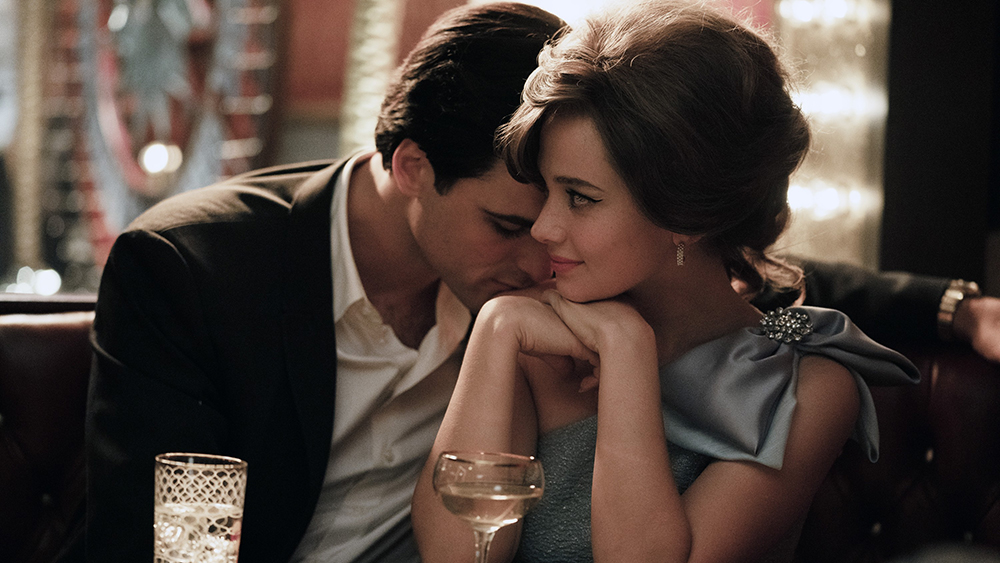
For “Maestro,” Mark Bridges’ experience on “The Artist” came in handy when he had to design for black-and-white — texture was key. Having Leonard Bernstein’s children give him access to the family history helped the Oscar-winning costume designer build authentic looks.
Ben Affleck’s “Air” recounts Nike’s 1984 courtship and subsequent deal with then-basketball rookie Michael Jordan. Costume designer Charlese Antoinette Jones dressed Matt Damon’s basketball scout Sonny Vaccaro in polo shirts while Affleck, as Nike founder Phil Knight, wore quintessential 1980s suits that Antoinette-Jones paired with sneakers.
Rounding out the contenders are Ellen Mirojnick (“Oppenheimer,” no Oscar nominations), Colleen Atwood (“The Little Mermaid,” four Oscar wins) and Janty Yates (“Napoleon,” one Oscar win), whose challenges included early 20th century attire, working with special effects to build the perfect mermaid tail and costuming an entire army.
SOUND
“The Creator’s” immense soundscape came together under the supervision of Erik Aadahl and Ethan Van Der Ryn. The ominous sound of the destroyer ship Nomad and the giant futuristic military tank that wreaks havoc on humanity and AI make the film a grand cinematic experience.
For a pivotal train sequence in “Mission: Impossible — Dead Reckoning Part One,” supervising sound editor James H. Mather started with quiet that exploded into a sudden tempo change that weaves throughout the onscreen action.
With “Maestro,” Steve Morrow wanted to make the audience feel as if they were in the middle of a live performance. For the Ely Cathedral performance, Morrow rigged 60 different microphones on the floor so the audience would feel immersed in the music.
Look out for the sound of the racing world in Neon’s “Ferarri,” and the late 18th and early 19th century battle scenes in “Napoleon.”
“Oppenheimer’s” team was tasked with creating the loudest sound in the world, that of the explosion of the atomic bomb. The film’s sound design was derived from natural sounds and enhanced. But when the audience sees the bomb explode, rather than a giant boom, there are sounds of breathing, a refrain from the expected.
PRODUCTION DESIGN
For “Poor Things,” James Price and Shona Heath built a Victorian-era world that includes London, Lisbon, Alexandria and Paris. The Lisbon set was the largest and included homes, hotels and restaurants.
Sarah Greenwood and Katie Spencer built Barbieland and made sure the scale was off-kilter for “Barbie.” This idea came from researching doll houses and realizing that the doll inside the house was not to scale. “Everything was reduced by 23%,” Greenwood says. Their sets were built as 360-degree sets, which would allow for director Greta Gerwig and DP Rodrigo Prieto to fully capture the environment.
EDITING
In “Oppenheimer,” Jennifer Lame cuts from color to black and white as J. Robert Oppenheimer builds the atomic bomb. There’s the build-up to the test, and the Senate hearing he faces later on in his career.
Scorsese’s go-to editor Thelma Schoonmaker tracks the evil conspiracy between William Hale (Robert De Niro) and Ernest Burkhart (Leonardo DiCaprio) in the true story of the Osage nation murders. The steady pacing as Schoomaker holds onto Lily Gladstone’s quiet performance makes for the film’s most riveting and powerful moments.
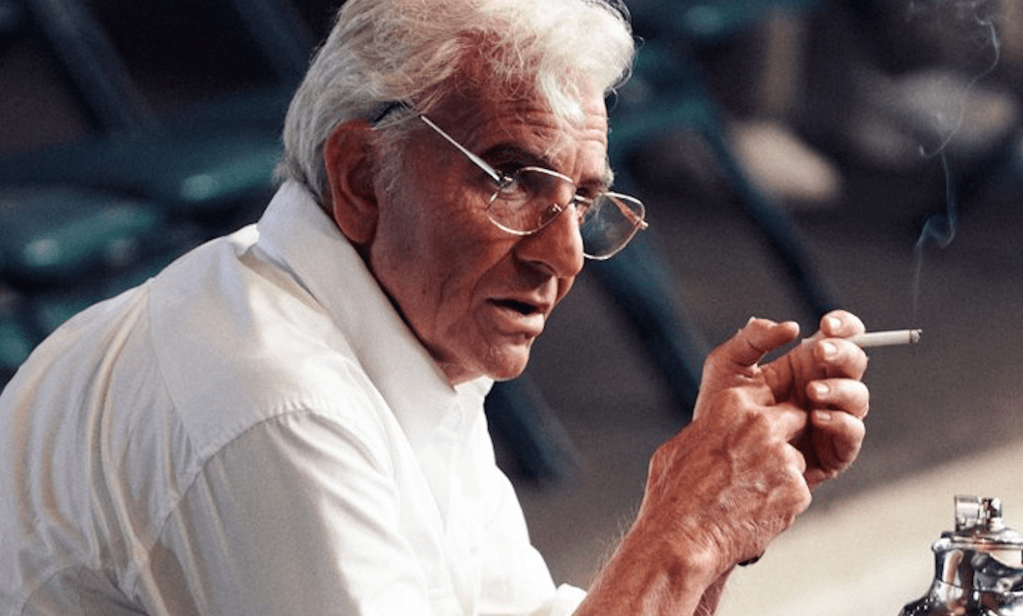
Michelle Tesoro takes on “Maestro,” layering in musical concerto moments that immerse audiences in the performances of the film’s subject, conductor-composer Leonard Bernstein.
“Barbie” crafts a story that is fun, joyful and heartbreaking. Nick Houy had to balance the two, as well as cut in dance numbers such as “Dance the Night Away” and “I’m Just Ken.” As Margot Robbie’s Barbie goes from the fantastical Barbieland into the real world, Houy delicately cuts her journey of self discovery and realization.
“The Color Purple’s” Jon Poll cuts his second musical after “The Greatest Showman.” Poll’s challenges were technical, intercutting the dramatic scenes with musical moments, or cutting the film’s opening number with its great crescendo. From that first moment, Poll hooks audiences in and gives enough information about the story, tapping into film’s musical rhythm and pacing.
This post was originally published on this site be sure to check out more of their content.



